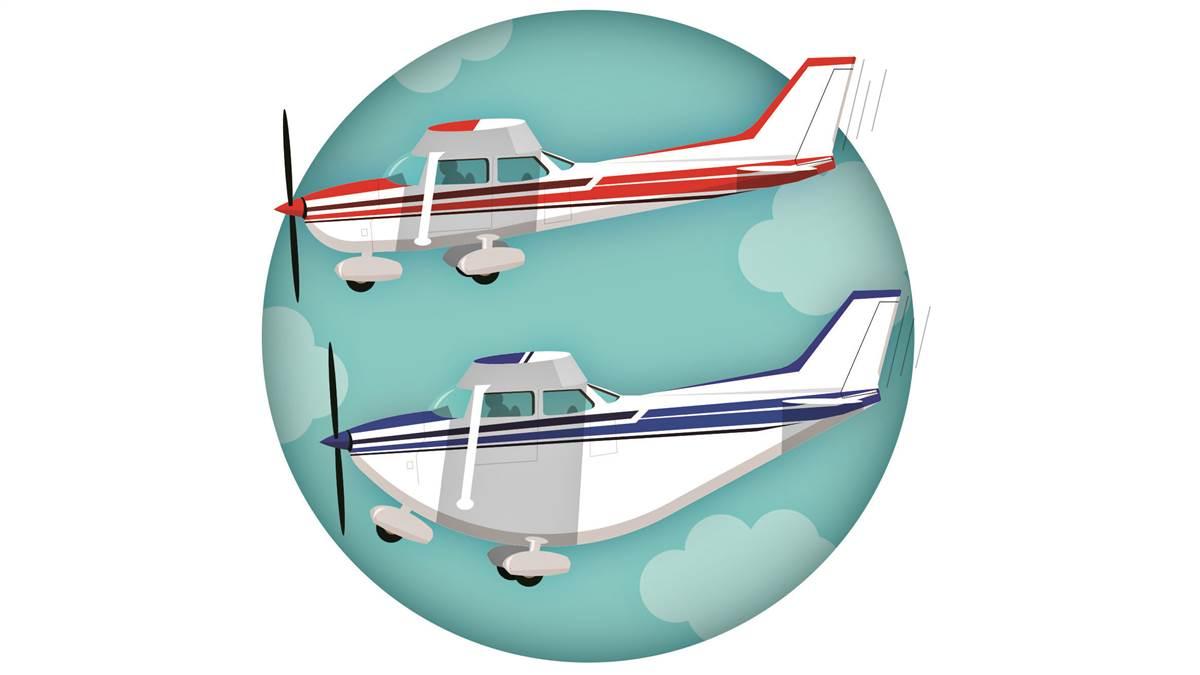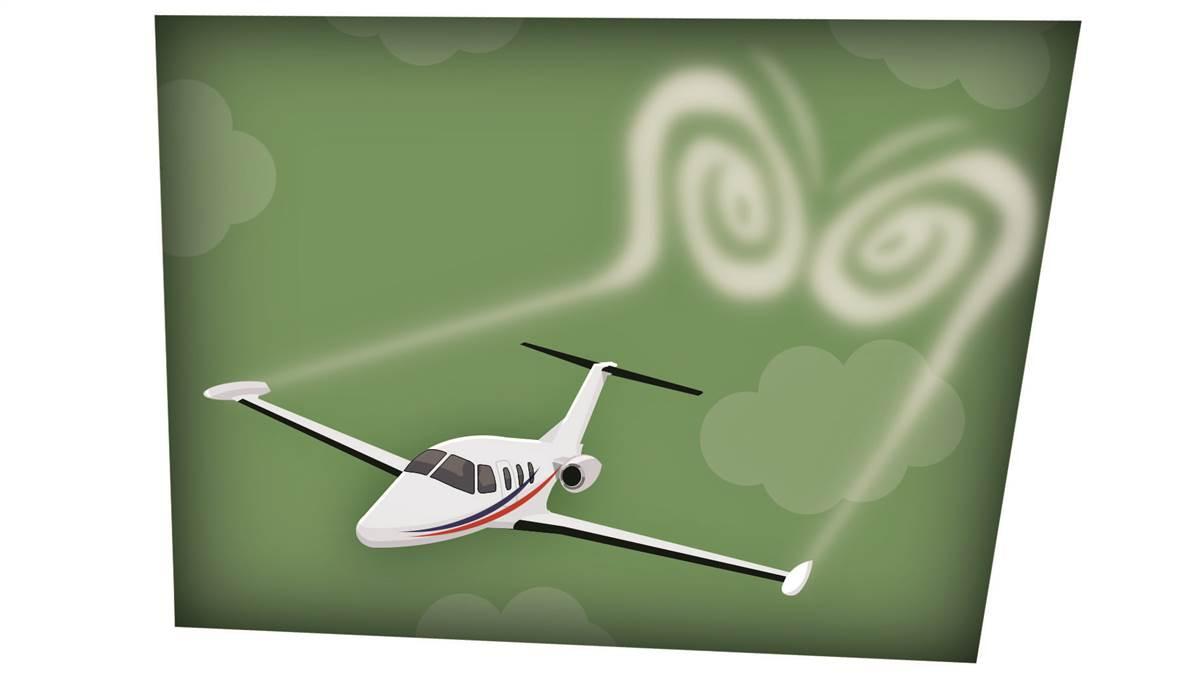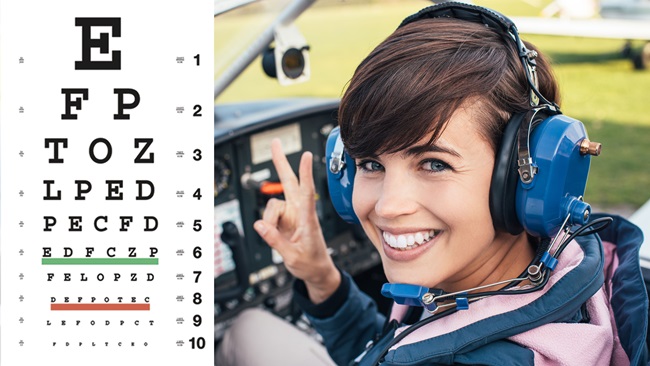
1. A pilot using a sectional aeronautical chart sees a topographical symbol that he does not understand. Where is the only place that all chart symbols are shown and explained?
A. the Aeronautical Information Manual
B. the legend on the chart
C. the Pilot’s Handbook of Aeronautical Knowledge
D. none of the above
 2. A pilot applies carburetor heat during his preflight runup, and engine rpm increases. What does this indicate (assuming there is no ice in the carburetor)?
2. A pilot applies carburetor heat during his preflight runup, and engine rpm increases. What does this indicate (assuming there is no ice in the carburetor)?
3. True or false? Two identical Cessna 172s—one heavy and one light—encounter engine failure at the same altitude and are subsequently flown at the best glide speed as published in the pilot’s operating handbook. The heavier airplane will glide the farthest.

4. An airplane generates the strongest, most-threatening wake vortices (wake turbulence) when it is
A. fast, heavy, and clean (flaps retracted).
B. fast, heavy, and dirty (flaps extended).
C. slow, heavy, and clean (flaps retracted).
D. slow, heavy, and dirty (flaps extended).
5. During a preflight inspection, a pilot grabs the end of an exhaust stack with a rag and discovers it to be loose or cracked. Flying this airplane with this condition could result in what danger?
Answers
1. (d) All chart symbols are shown and explained in the FAA Aeronautical Chart User’s Guide, which can be purchased or downloaded as a PDF file. Every pilot should have a copy.
2. An increase in rpm indicates that the fuel-air mixture is too lean. Applying carburetor heat enriches the mixture and, therefore, would cause power to increase.
3. True. The published best glide speed applies when the airplane is loaded to its maximum-allowable gross weight. To achieve the same glide performance (glide ratio), the lightly loaded airplane must be flown at a slightly slower airspeed.
4. (c) Retracting flaps increases vortex severity, and extending them decreases wake turbulence.
5. Hot exhaust could enter the cowling and cause an engine fire.
Illustrations by John Ueland



